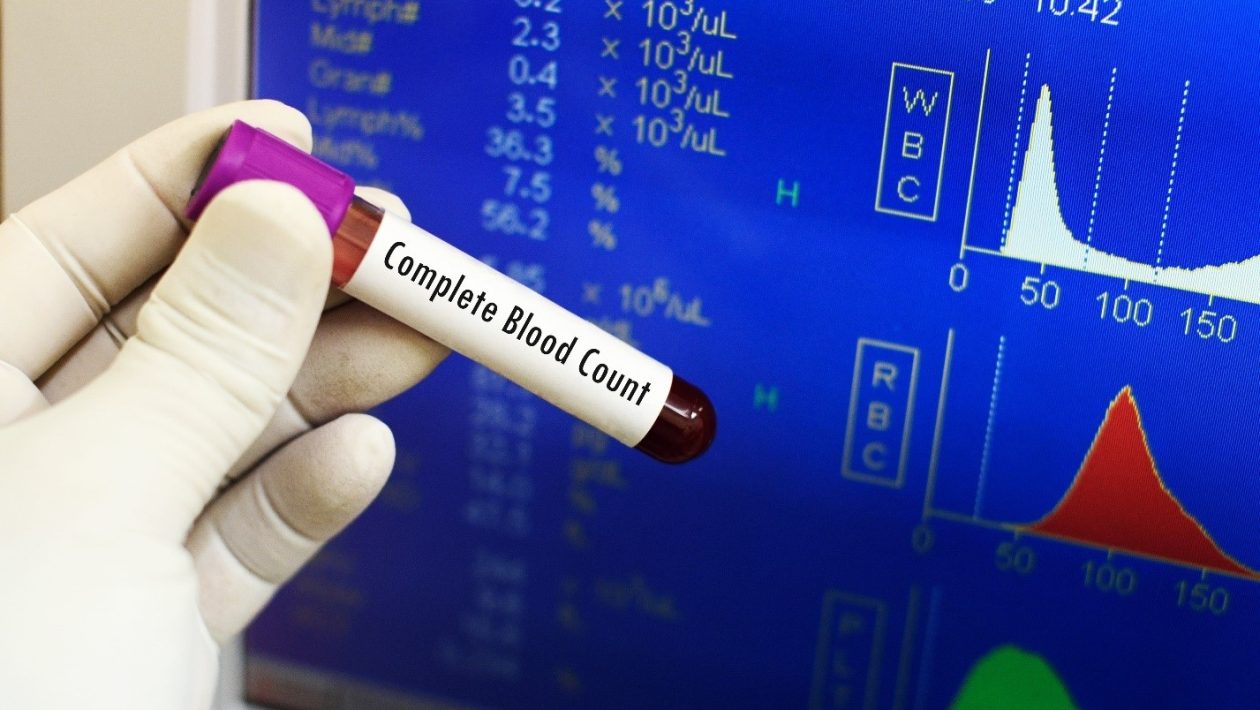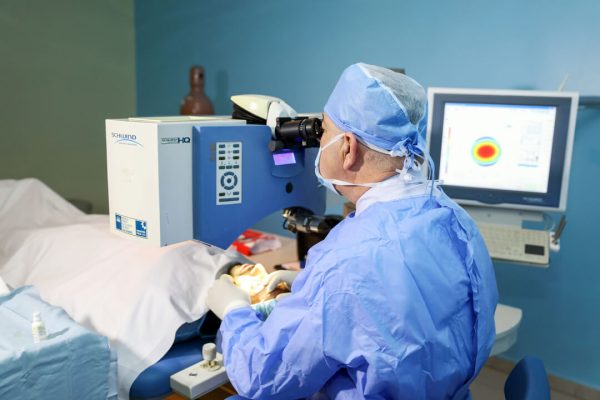Leukemia is a malignant disease that progresses in due course of time. The blood-forming organs and bone marrow develop abnormal and immature leucocytes. It causes an abruption in the normal formation of other blood cells.
What is leukemia?
Leukemia is a type of blood cancer affecting the tissues functioning as the origin of blood. There are different types of leukemia. Some forms are common in children and some in adults. These forms usually involve the development of white blood cells (WBC).
These WBCs are the frontline soldiers that fight pathogens and ward off infections. WBCs are formed in different types as per the requirement. Due to the overproduction of these cells, each type is unable to perform its functions properly.
Symptoms of leukemia
The symptoms vary considering the type of leukemia developed. However, the common symptoms are:
- Chills and fever
- Excessive weakness and fatigue (persistent)
- Severe infection with a higher frequency of occurrence
- Enlarged liver
- Bigger spleen
- Swollen lymph nodes
- Bruising and bleeding happen easily
- Frequent nosebleeds
- Formation of small red spots on the skin
- Excessive sweating mostly at night
- Tenderness in bone and incessant pain
Types of Leukemia
According to the progression speed, leukemia is classified into two types.
1. Acute leukemia
The blood cells present in a patient’s blood sample is immature and abnormal. They are unable to carry out the designated functions and just multiply rapidly. This is why acute leukemia worsens faster and required aggressive treatment processes.
2. Chronic leukemia
Chronic leukemia is of different kinds. Some types produce many cells whereas the other classifications produce excessive blood cells. This type involves the formation of cells that are more mature. In these cases, symptoms appear late.
According to the type of white blood cells affected, here is the classification.
3. Lymphocytic leukemia
As the name suggests, this type affects lymphoid cells or lymphocytes. These cells form in the lymphatic tissues and contribute to the immune system.
4. Myelogenous leukemia
According to the name of this type, it affects the myeloid cells. These cells are responsible for producing WBCs, RBCs, and cells that produce platelets.
Tests to diagnose leukemia
There are tests to diagnose leukemia. The anomalies in the blood cell count can detect the presence of leukemia in a patient. Hence, a complete blood count is done where all the cellular components are measured to find out the type of leukemia a patient is suffering from.
A complete blood count (CBC) is done for the following things.
- To check the different levels of blood cells in the blood samples of a patient. It is considered a routine medical checkup for anemic and leukemic patients. With this test, the hemoglobin level is also detected and monitored.
- This test is also recommended and prescribed when a patient is suffering from inflammation, fever, weakness, fatigue, bruising, bleeding, and other relevant symptoms more frequently. This test is thus done to confirm and diagnose diseases such as leukemia.
- This test is also done to check whether the medications taken are affecting a patient’s blood count or not.
A CBC test can detect abnormalities in the blood cell count and find out the underlying cause. Here is the list of detections this test can do.
- Anemia or lack of hemoglobin
- Bone marrow disorders
- Agranulocytosis, sickle cell anemia, and thalassemia
- Infections causing a lower count of WBCs
- Detecting cancers such as lymphoma and leukemia
- Effects of chemotherapy
- Mineral and vitamin deficiencies.
Normal ranges of blood count
The normal ranges of RBCs (per microliter) are:
- Adult male – 4.7 to 6.1 million
- Adult female – 4.2 to 5.4 million
- Children – 4 to 5.5 million
The normal ranges of WBCs per microliter are:
- Adult male – 5000 to 10,000
- Adult female – 4500 to 11,000
- Children – 5000 to 10,000
The normal ranges of hematocrit are:
- Adult male – 42% to 54%
- Adult female – 37% to 47%
- Children – 32% to 44%
The normal ranges of hemoglobin (gm/dL) are:
- Adult male – 13.5 to 17.5
- Adult female – 12 to 15.5
- Children – 11 to 13
The normal platelet count varies from 150,000 to 400,000 per microliter.
Abnormal level of blood count
- In the case of leukemia, a CBC test can detect a low count of RBCs, WBCs, and platelets. This symptom is called pancytopenia.
- An increased number of WBCs and reduced RBCs and platelets can detect acute lymphocytic leukemia (ALL).
- Pancytopenia in RBC and platelet count due to acute myeloid leukemia (AML).
- Chronic lymphocytic leukemia (CLL), small lymphocytic leukemia (SLL), and chronic myeloid leukemia (CML) can show results close to normal.
This is how a CBC test can reveal the type of leukemia a patient is suffering from. Regular CBC tests are done to monitor the level of these cells.





